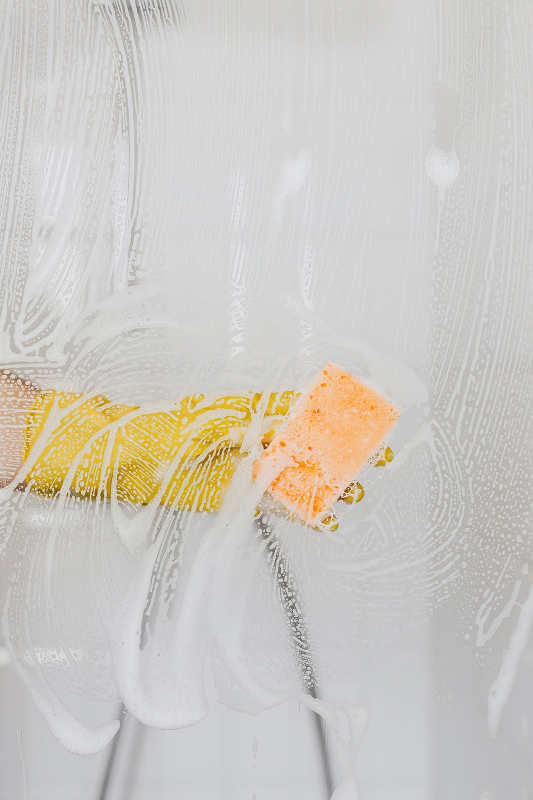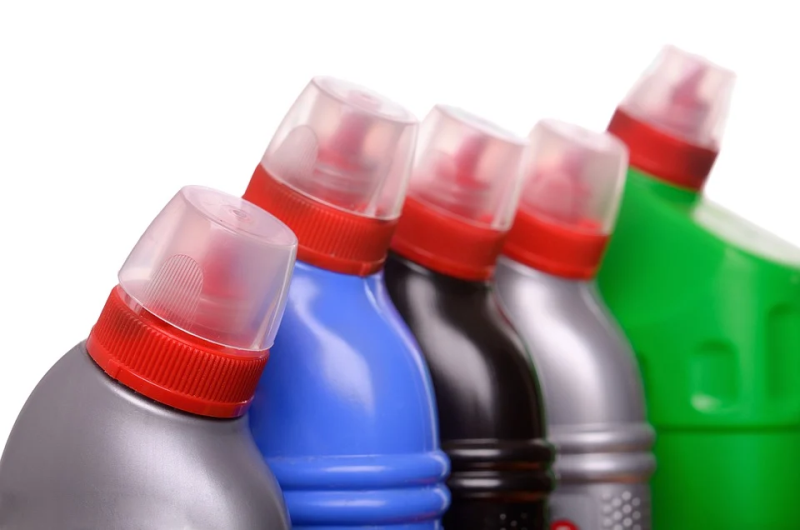When considering what products to use in your home and provide to your family, it is important to know what substances are included in your products. To fully understand the products your family is utilizing, you need to understand how they are manufactured and by whom.
To know your products is to trust them, so when you are choosing your household detergents, you want to know exactly how they are manufactured, tested, packaged, and distributed to ensure they meet your guidelines.
Maybe you are trying to be economically friendly, or only support businesses that share the same values as you. But understanding the products in your home goes further than understanding the brand name. There are more steps involved and a much more detailed process in the detergent industry than simply choosing between brands. If you don’t understand how these household items are manufactured, you may be trying to compare two brand-name detergents that are manufactured by the same company.
Over the last few years, news stories have blown up surrounding the contents of certain household cleaners, and in order to understand the products we are purchasing for our homes, we need to start by understanding the process of manufacturing them.
Especially now in the time of COVID, with so many people seeking household cleaners and disinfectants, hand sanitizing gel, and other cleaners used in the home, understanding what is behind them can make you feel more safe and comfortable in using available products around your house, and exposing them to your children and pets.
Currently, many people are steering away from heavily chemicalized cleaning agents and trying to source greener options that contain more natural ingredients, to avoid over-exposure of families to possibly hazardous chemicals.
Ensuring that you have a fundamental knowledge of the household detergent industry, what products are used in manufacturing detergents, and what values are held by those doing the manufacturing can help you make solid and informed choices when purchasing cleaners for your household. Be it cleaners or laundry detergents, knowing what goes into your products is the first step to understanding if they are a good fit for your lifestyle and values.
The household detergent industry has many parts and moving pieces, and the finished product is the culmination of work between multiple sectors of the process. Understanding the process can leave you more confident and content with the household cleaners you are using around your family.
Manufacturing Companies Produce Products with Private Labels
Many items are mass manufactured and packaged with different brand names and labels, but the bottom line is that the manufacturer is the same. The manufacturer has the brand’s specific recipe or order for items, and produces and packages the item for the brand. When you look at the fine print on your products and see that ‘manufactured by’ portion, you are seeing the manufacturer’s details, which is different from the brand’s details
How are Products Designed and Manufactured
Many steps go into designing and producing household detergents. Generally, a brand will see the advice of a professional manufacturing company and they will design and plan the production together. Companies such as STPP Group will be contacted with ideas and recipes for a brand’s desired detergent. The brand and manufacturer will then plan out production and packaging for the detergent. It is not the manufacturer that gets the items on the shelf, but the brand’s business team.
In this way, large-scale detergent manufacturers help create and design the recipes and supply the materials and means of production. In order to understand your brand, you also need to understand the manufacturer, what base items they use for manufacturing, and what the company values itself.
While the detergent industry begins with an idea and is refined by manufacturers, the final step in the journey is the brand name corporations that market and sell the detergents after manufacturing.
Manufacturers will generally supply their detergents or detergent chemicals in bulk to smaller, private manufacturers, or they will bottle and privately label detergents for brand names. The manufacturers are not necessarily selling household detergents, but rather the ingredients to make them, and the means to mass-produce them.
Detergent manufacturers will be able to offer ready-made detergents or will work with specific brands to produce custom recipes with tailored ingredients. Ensuring that the manufacturer has a solid foundational understanding of detergents and their purpose is key to producing high-quality detergents, especially in the case of household detergents.
How are Household Detergents Different from Commercial Detergents
As household detergents are used within the home, and within a close range of people and pets, household detergents have a different composition and are not as harsh and chemical-based as many industrial and professional detergents.
When creating a detergent, the first step is tailoring the product to its environment. If you will not be cleaning industrial-strength hydraulic fluid from your living room floor, then it is not necessary to produce a living room floor cleaner with the same properties.
Household cleaning is generally less intensive, and the harder, industrial cleaners are used when appropriate PPE can be worn. Household cleaners need to have a differing compound to ensure safety for those who will be in close quarters. You don’t have a professional-grade ventilation system in your home, so making sure household detergents don’t have fumes is one example of how household detergents differ from industrial-grade detergents.
No matter what information you are trying to gain from looking into your household detergent, you need to look not only at the brand name and label but also the manufacturing company. If you are trying to ensure you use household detergents with specific ingredients, then understanding how the household detergent industry works will make it easier for you to understand.
The household detergent industries are made up of many parts, from development to production to distribution and each stage has its own set of responsibilities when it comes to bringing these products to the market and finding their way onto your household shelves.




















